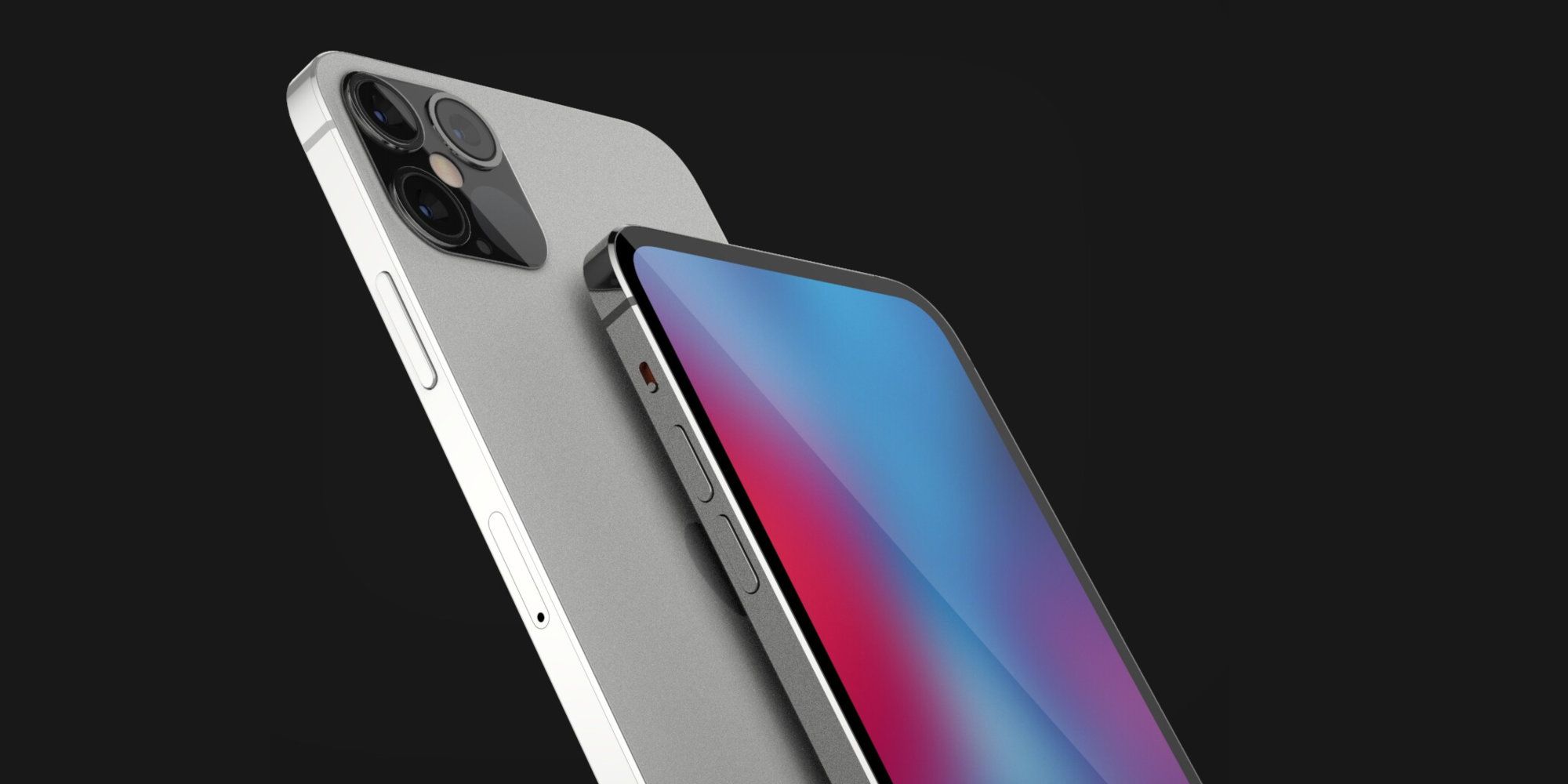
Apple's iPhone 12 is coming very soon. Most leaks seem to agree on an announcement coming in October. The exact date is still being debated, but the week of October 12 has been suggested as a possibility. While the exact date remains unknown, there have been plenty of details revealed over the past few weeks and months that collectively paint a more vivid picture of the new iPhone. For those that just can’t wait for the official announcement, this is the perfect time to review what's been suggested so far.
Apple is one of the market leaders in the smartphone world with new models arriving every year. While it once meant one new iPhone, the pace has accelerated recently. Last year saw three iPhone 11 models arrive, including the Pro tier. This was followed with iPad Pro models in 2020. Apple went on to produce a budget iPhone after many years without the popular low cost option. The iPhone SE costs just $399, a surprisingly affordable option for a new phone from Apple.
This year the tech titan is expected to continue the frantic pace of product renewals with a new Apple Watch SE and a Mac based on Apple Silicon. Not to mention the latest in the iPhone lineup. As was the case last year, the expectation is Apple will release the iPhone 12 in three main versions. The standard iPhone 12, the iPhone 12 Pro, and the iPhone 12 Pro Max. Here are some of the additionally suggested iPhone expectations, based on leaks and rumors.
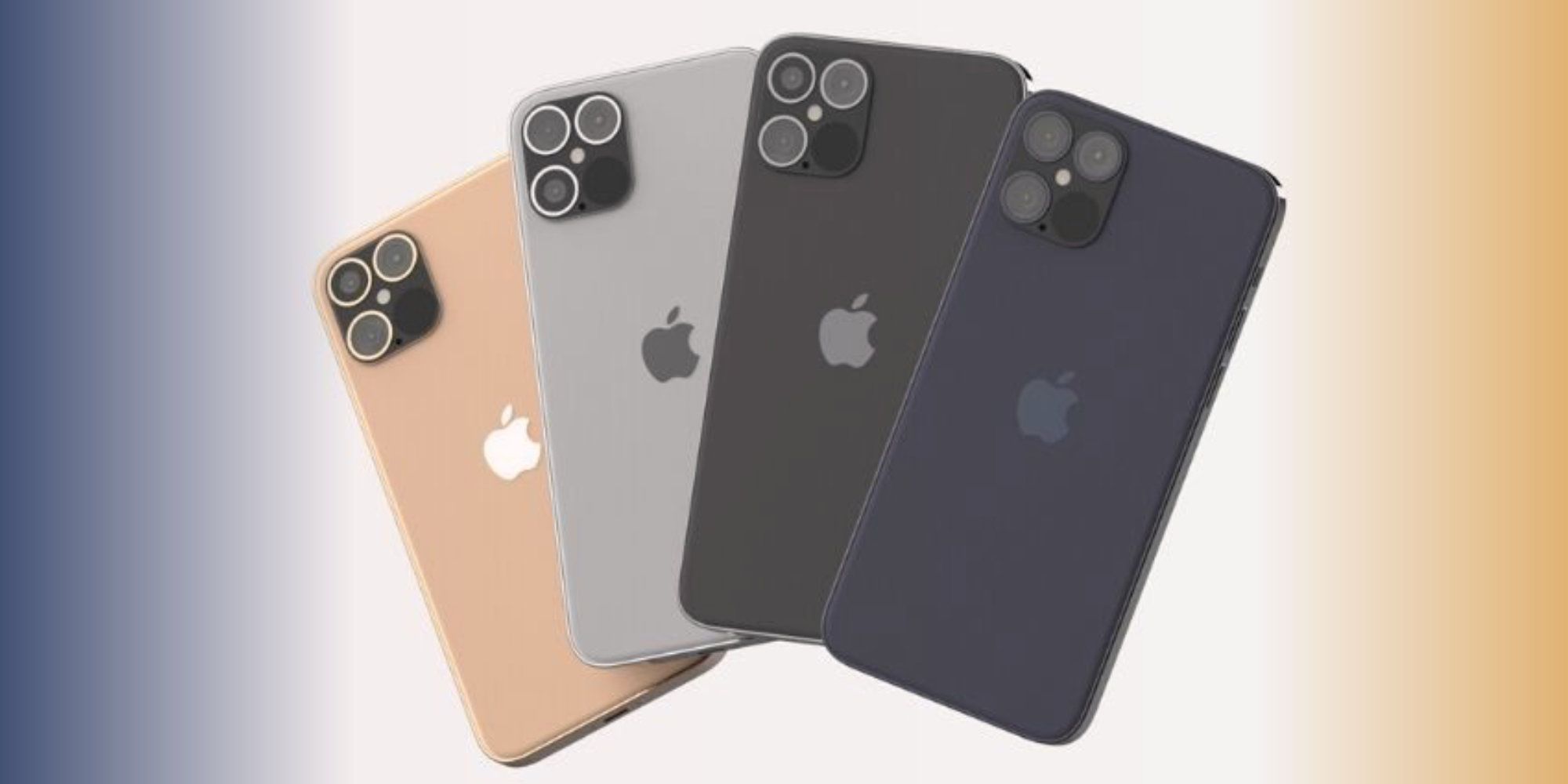
While modern iPhone models have rounded sides and rounded corners, there is a consensus that the next iPhone will have flat edges, similar to the iPad Pro. The original iPhone SE also had flat edges, so this isn't a completely new concept for an Apple phone. Flat edges would signal significant changes. Apple last made major design changes in 2017 with the announcement of the iPhone X, the first without a home button. The Face ID notch containing the infrared IR camera that allows 3D capture of facial details will not change size, based on renders and leaks. The rear camera is expected to include a LiDAR scanner on the Pro models, resulting in four large circles in the camera bump, as shown in this very nice render of the iPhone 12 Pro by The Apple Post. The two standard iPhone 12 models will have two cameras and no LiDAR, allowing a more attractive camera bump. Whether Apple will repeat the iPhone 11 appearance with transparency in the rounded square surrounding the cameras or change to a solid black isn't known. The images shown here are conceptual, not actual leaked images of the iPhone 12.
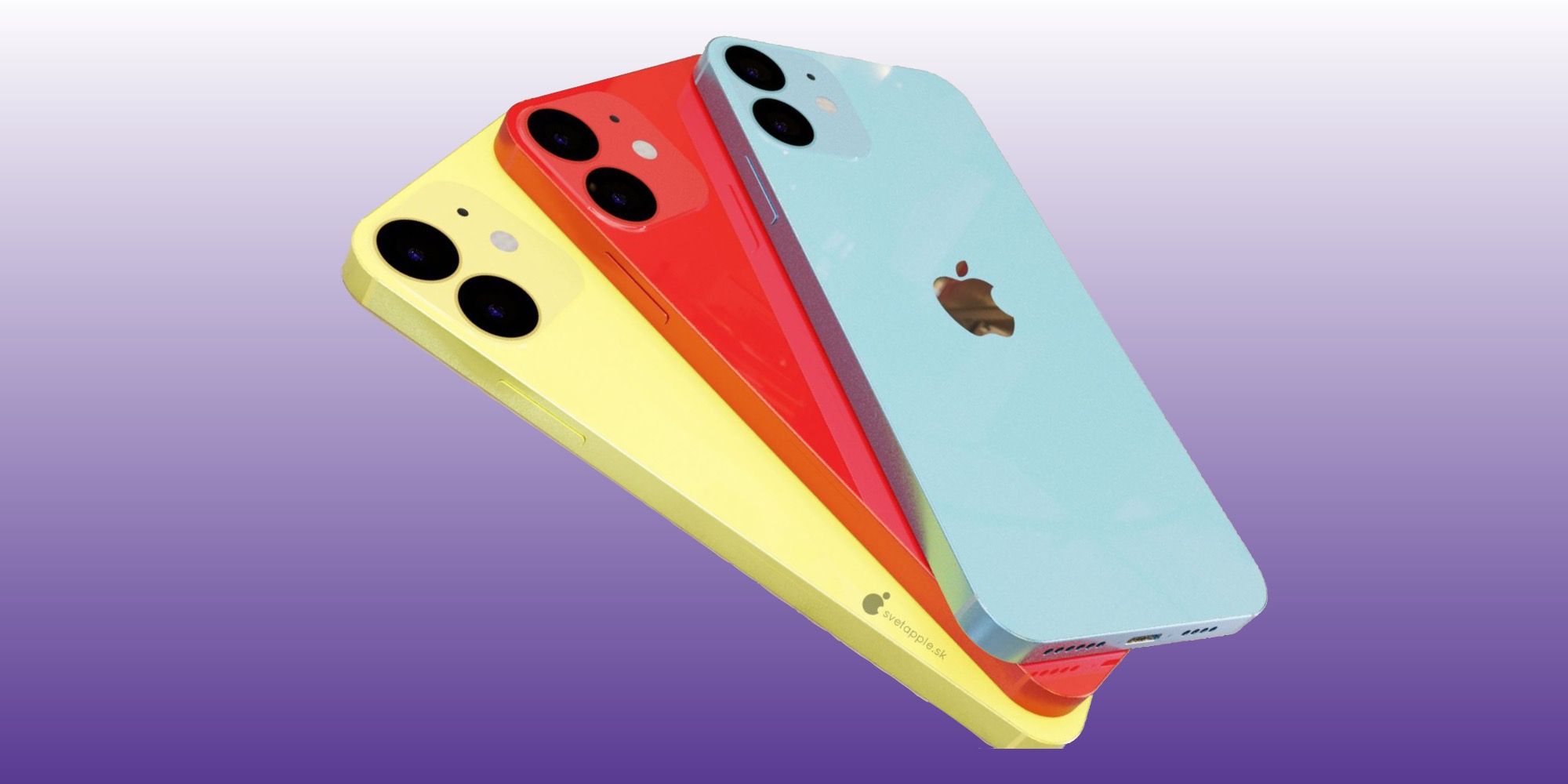
Some renders have shown three or four large camera lenses in the rear camera bump, but don't show the LiDAR scanner, which is hidden behind a dark gray circle in the 2020 iPad Pro. These are either poorly researched renders or the designer presumes that LiDAR is not included. All leaks indicate there will be LiDAR and three cameras in the iPhone 12 Pro models, so the images shown here are likely to be more accurate representations of the final look. Nothing is known of color selection, yet, so the colors shown are purely speculative. Apple had more business-like colors for the iPhone 11 Pro, including silver, green, gray and gold. The standard iPhone 11 came in black and white, as well as consumer-friendly colors like purple, yellow, green and (product) red color. (PRODUCT) RED benefits charities, usually HIV/AIDS programs, but currently funds COVID-19 research. The bright and colorful iPhone 12 renders shown above were created by svetapple.sk.
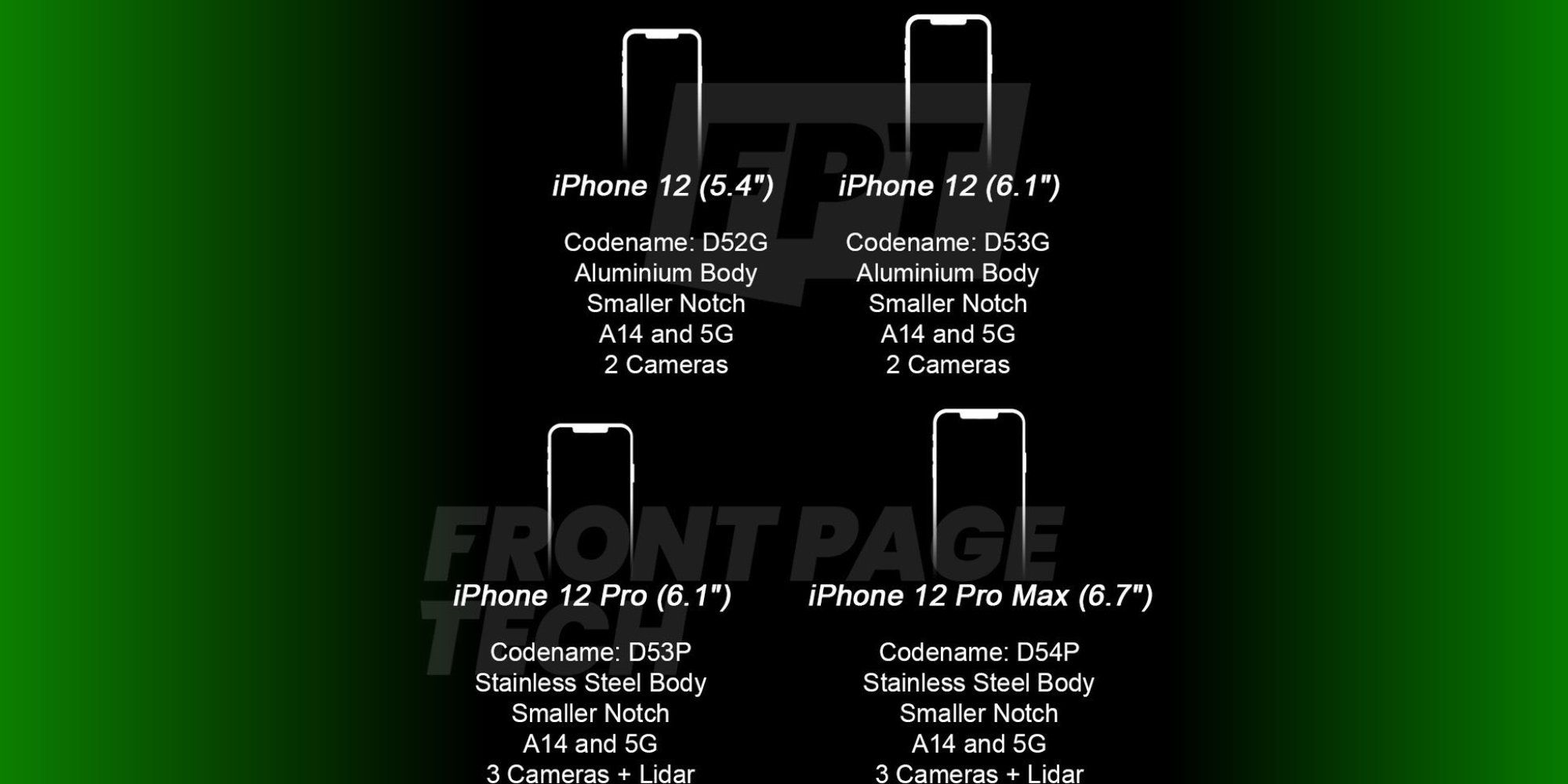
Most analysts, rumors and leaks seem to agree that Apple will offer the iPhone 12 in three sizes, spanning four basic models. The iPhone 12 Pro will have a 6.1-inch screen, similar to the iPhone 11. The iPhone 12 Pro Max screen size will increase slightly over last year’s to 6.7 inches. Most interesting is the suggestion of a 5.4-inch iPhone 12, in addition to a standard 6.1-inch iPhone 12. The 5.4 size is surprising since Apple recently began selling a new version of the iPhone SE, which has become known as the smallest iPhone, thanks to its 4.7-inch display. Hoever, Jon Prosser leaked the sizes way back in April. This means Apple is beginning to disassociate size from price and this approach may continue to play out in the future. There are plenty of people with smaller hands that have trouble using phones over 6 inches, so a high quality small phone will be a welcomed addition.
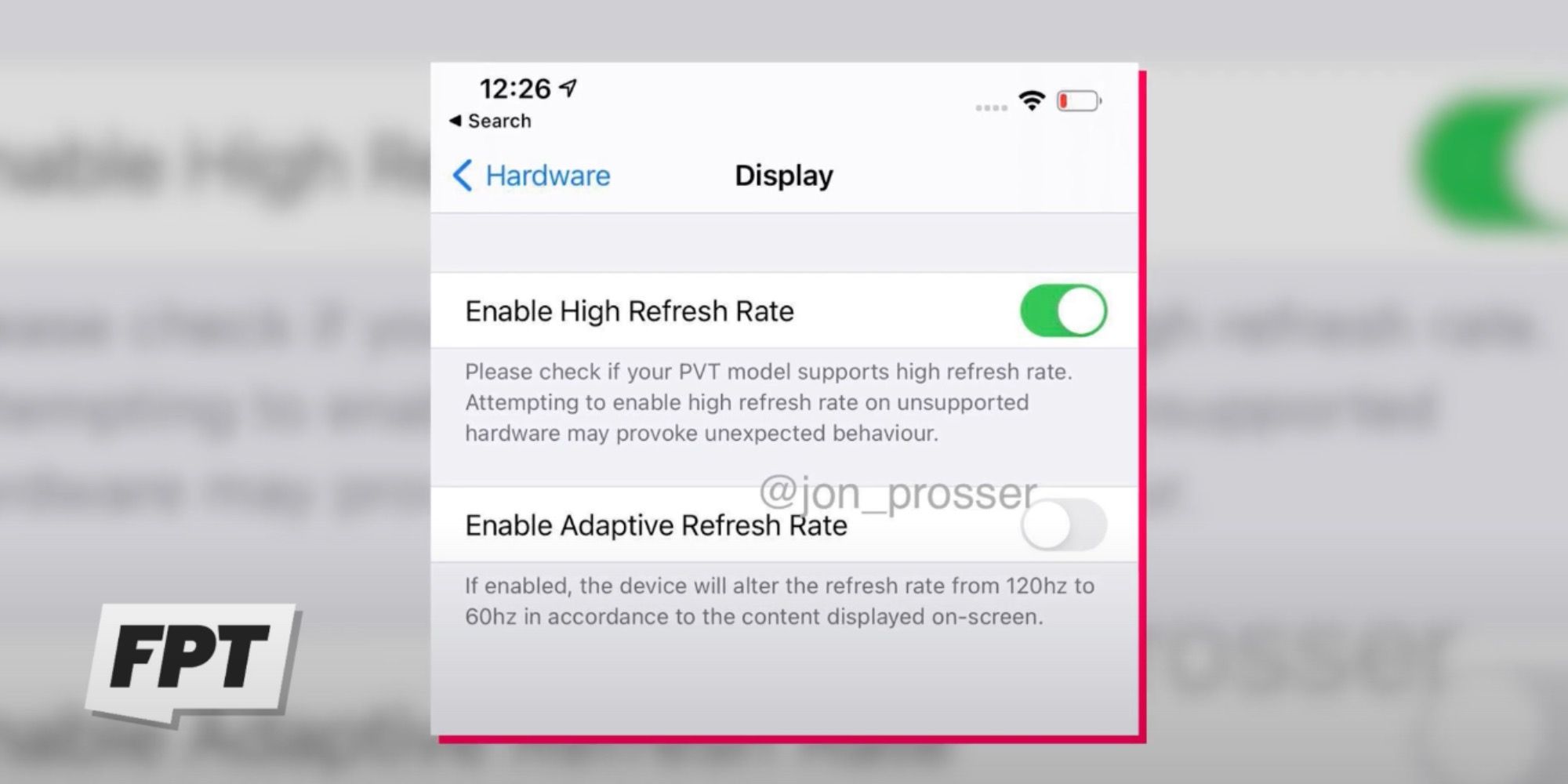
A video showing what appears to be a new iPhone was posted by the Front Page Tech YouTube channel. It shows someone holding the phone while swiping and tapping through the Settings app. During this process several important features were revealed. One or more Apple iPhone 12 variants will include ProMotion, meaning an adaptive refresh rate up to 120Hz. There are two switches related to this, Enable High Refresh Rate and Enable Adaptive Refresh Rate. The former enables 120Hz refresh, making scrolling and games appear smoother. The latter allows iOS to decide when the faster refresh rate is required, reducing to as low as 60Hz when not needed, extending battery life.
Apple iPhone screens have always been among the best available for smartphones. True Tone means the display adjusts to match the subtle colors of the surrounding lighting, known as color temperature. This is something unique to Apple. In the early days of the Macintosh computer, desktop publishing was huge and Apple secured its place against Microsoft and IBM by catering to publishers' requests. Accurate color was paramount. This carried over well to cinematography and photography. Suffice it to say, color accuracy is in Apple's genetic history and will continue to be a point of distinction in all its devices. Micro-LED displays have been rumored for years, but there has been no mention of this for the iPhone 12. Whatever screen improvements come with the iPhone 12, they are sure to match or exceed the competitors' offerings.
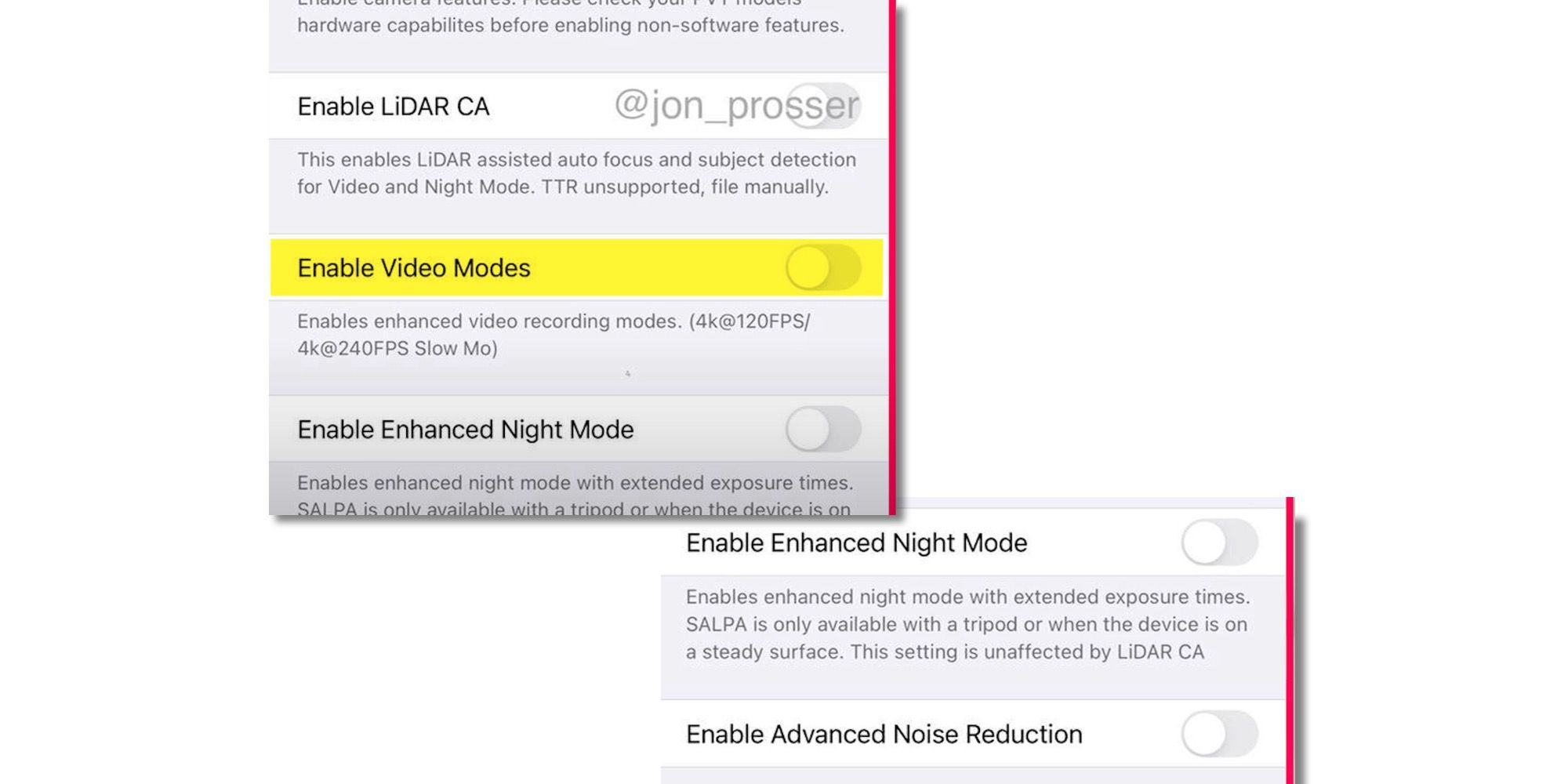
In the same video mentioned above, camera settings are also shown. There is a switch to Enable LiDAR, which has been rumored for quite some time. This confirmation means that on the iPhone 12 Pro models, a Light Detecting And Ranging sensor, similar to that found in the 2020 iPad Pro, will allow rapid 3D scanning of a wide area to the rear of the phone. Apple has said this will be critical to AR development, but not much has been revealed beyond that. Additional camera features revealed include slow motion 4K video at up to 240 frames per second. That is an incredible feat and would be the first phone to have this capability.
It would not be surprising to see wider apertures with the new iPhone, but no leaks confirm this. However, competing smartphone cameras are as large as f/1.5. Last year's iPhone 11 only opened to f/1.8. It's important to note that small numbers represent a larger opening allowing more light and more bokeh or background blurring, whereas larger numbers represent small apertures, less light entering the camera and sharper backgrounds. In indoor lighting, dusk or nighttime shots outside, a lower f-stop can result in a dramatically better photo. Wider aperture also aids low-light video. Apple needs to catch up and this may be the year that happens.
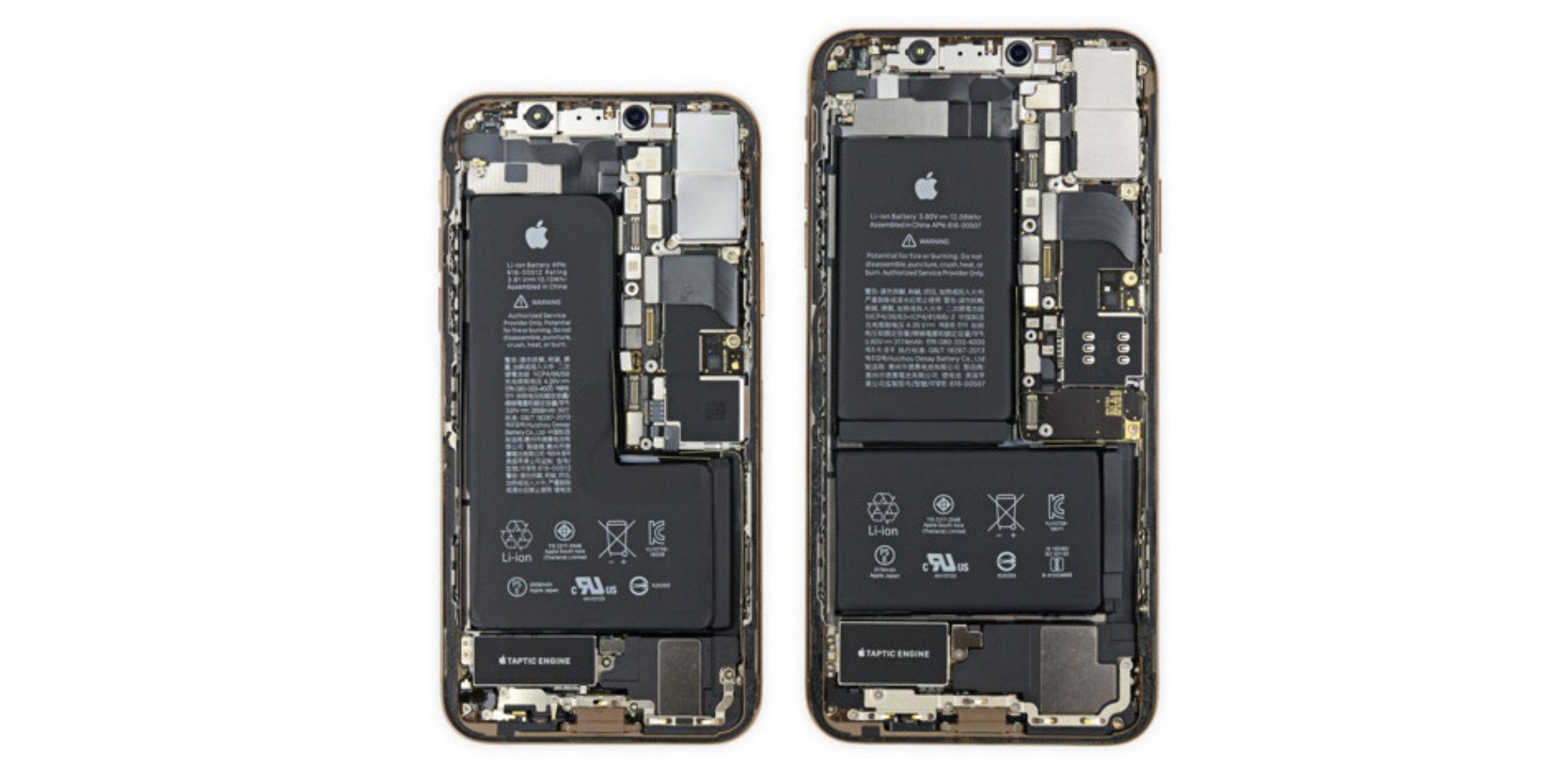
Coverage by Apple Insider referenced statements by Ming-Chi Kuo, an analyst at TF Securities and expert on Apple's supply chain. The physical size of the battery in the iPhone 12 has been reduced 15 to 30-percent, lowering cost, opening room for 5G tech, and making the device significantly lighter. Of course, this decreases battery capacity. The good news is that the new A14 processor that will be included is 30-percent more power efficient than the previous CPU, the A13, so battery life should be about the same as the previous iPhone 11 series. This is possible due to reducing the manufacturing process down to 5nm. Tightly packed chips equate to greater speed and/or lower power. 5G is said to cost between $75 and $135 per unit, so part of this decision is likely to be based on keeping prices similar to the current models. As a result, there shouldn't be any sticker shock with the iPhone 12.
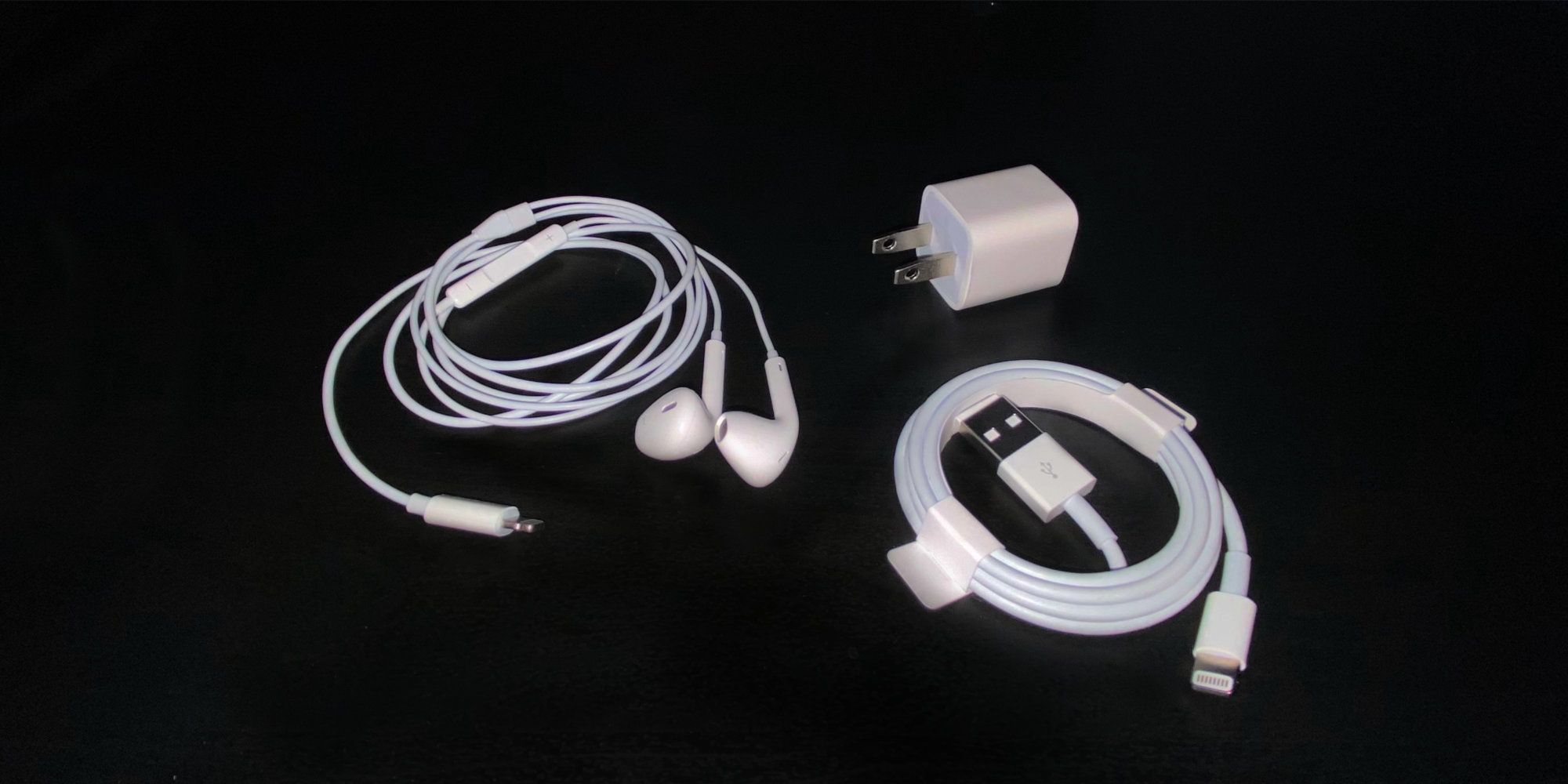
iPhone 12 prices should be similar to last year’s models. The 5.4-inch iPhone 12 is likely to start at $649, $50 lower than the current iPhone 11. However, the 6.1-inch size is expected to cost $749. The 6.1-inch iPhone 12 Pro should begin at $999 and the largest size iPhone 12 Pro Max is likely to start as low as $1099. At these rates, the iPhone Pro prices will stay the same as last year, and the two models of the standard iPhone 12 will straddle last year’s price. Rumors suggest the iPhone 12 will come with a USB-C to Lightning cable, but no charger or earbuds. The reasoning for this loss of accessories is another attempt to keep the price lower. While somewhat annoying, many are likely to upgrade to a fast charger anyway, or use a charger that they already have at home. In this sense, the bigger concern is the lack of earbuds, since the iPhone requires Lightning plug earbuds or Bluetooth, which are more expensive.

It’s a safe assumption that the next Apple phone will be called the iPhone 12 and that there will be Pro models. Apple always upgrades the processor and uses sequential numbering, so the new iPhone will be powered by an A14 chip, designed by Apple. Each successive A-series processor increases speed and reduces power. This pattern is expected to be repeated. The iPhone 12 is widely expected to feature cameras that are quite similar to those found in the iPhone 11. This means the iPhone 12 Pro and Pro Max will add a telephoto lens camera to the standard wide angle and ultra-wide angle cameras that the lower tier iPhone 12 will have.
To sum up, Apple's iPhone 12 will likely release in four base models, having three screen sizes: 5.4-inch, 6.1-inch, and 6.7-inch for the Pro Max model. The edges will be flat instead of the usual rounded edges. The Pro models will include a telephoto camera as well as the wide and ultra-wide cameras of the standard model. Some camera improvements are certain, whether these will be via software only or part of the hardware isn't known. The Pro models will have ProMotion adaptive refresh rates up to 120Hz, for smooth animation and scrolling. The processor will be the faster and more efficient A14. Slow motion video recording will have greatly improved resolution, moving to 4K quality, a first for smartphones. Overall, it's looking like a big year for the iPhone, and for Apple's customers.
Source: Jon Prosser/Twitter, Apple Insider, The Apple Post, svetapple.sk
from ScreenRant - Feed https://ift.tt/31FKu3x






0 Comments
Please don't use vulgar comments and avoid discussion on Religious matters